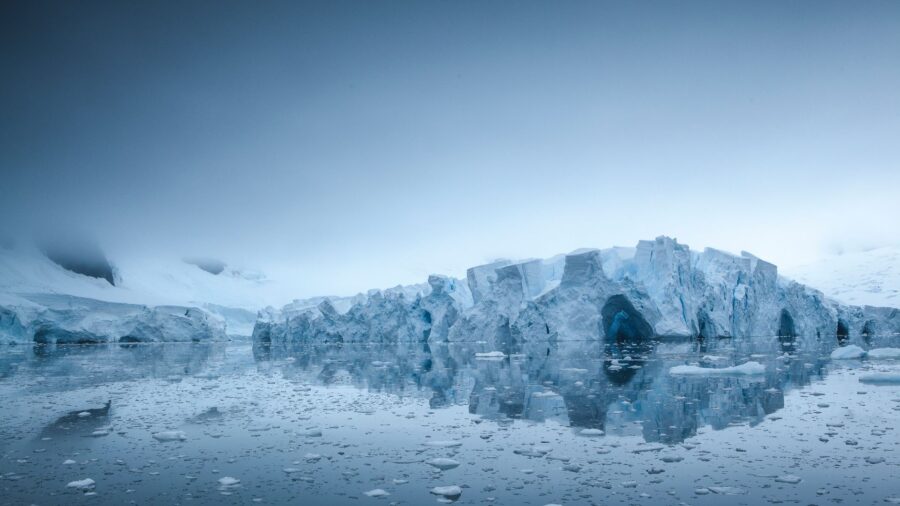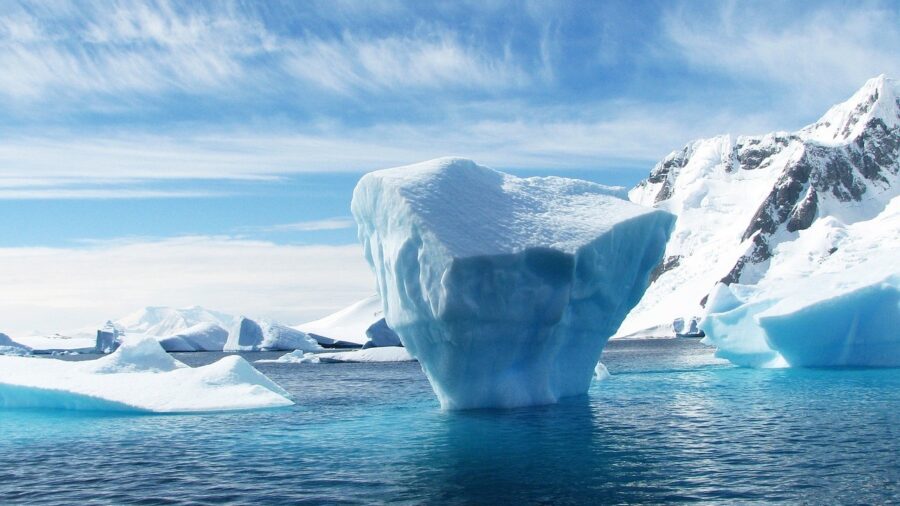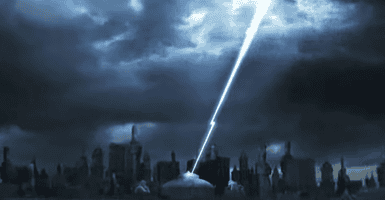Arctic Ice Is About To Melt Faster Then Ever But Humans Aren’t To Blame

Science News reports that it’s not actually our gratuitous carbon emissions that are melting Arctic sea ice. Okay, that statement is only half true, but there are naturally occurring cyclical wind patterns that push warm, salty Atlantic Ocean water into the Arctic Ocean that need to be considered as we continue to have a very necessary conversation about the environment, and the rapid pace in which Arctic ice is melting.
In so many words, global warming is a very real issue that needs to be continually addressed, but new research has suggested that Arctic ice would have also melted on its own without human intervention, but at a relatively slower rate.
But make no mistake, because it’s clear that the levels of Arctic ice have been significantly reduced when compared to historical records, which is largely due to atmospheric warming caused by human activity.
The Arctic Dipole Phases
What we’re witnessing, however, is a naturally occurring phenomenon called the Arctic dipole anomaly, which happens in prolonged positive and negative phases, and plays a significant role in how much Arctic ice will melt over what period of time.
In the Arctic Dipole’s negative phase, which researchers saw from 1979 to 2006, winds that rotate counterclockwise over North America and clockwise over Eurasia bring more Atlantic water into the Arctic through the Fram Strait above Greenland.
When the next negative phase is in full swing, we’ll be dealing with warmer Atlantic Ocean water than we have witnessed in the past, causing the ice to melt more quickly.
During this decades-long phase, Arctic ice melted at an alarming rate, about 1 million square kilometers per decade. By introducing warmer Atlantic Ocean water into the Arctic Ocean, we saw a significant loss of Arctic ice until this phase came to an end in 2006.

2007 to 2021 brought us the Arctic Dipole’s positive phase, which showed us a dramatic decrease in the amount of Arctic ice that would melt during this time frame. Though Arctic ice melting slowed down to about 70,000 square kilometers per decade during this time, the ice lost during the negative phase wasn’t fully recovered.
Human-caused global warming has certainly exacerbated the situation, meaning that although we cannot control the wind cycles, we can control our carbon footprint in a way that doesn’t compound what’s already occurring naturally.
Though experts have reason to believe that we’re still currently in the Arctic Dipole’s positive phase, it remains to be seen whether we’ll soon witness another negative phase in the near future. The current data still needs to be further studied in order to assess the influence this regional wind pattern has on the rest of the world.
New research suggests that Arctic ice melts without human intervention, but at a relatively slower rate due to shifting winds.
What we do know, however, is that Arctic ice will continue to reduce in volume due to the feedback loop created by both human-caused global warming as well as the Arctic Dipole’s negative phase.
Since we lost a significant amount of Arctic ice during the most recent negative phase, more of the ocean‘s surface will experience prolonged sun exposure, causing it to rise in temperature. In other words, when the next negative phase is in full swing, we’ll be dealing with warmer Atlantic Ocean water than we have witnessed in the past, causing the ice to melt more quickly.
For the time being, Arctic ice is melting at a slower rate because of the most recent positive Arctic Dipole phase, but we also need to do our part in the meantime to reduce our planet’s overall atmospheric temperature if we don’t want it all to melt away entirely.












